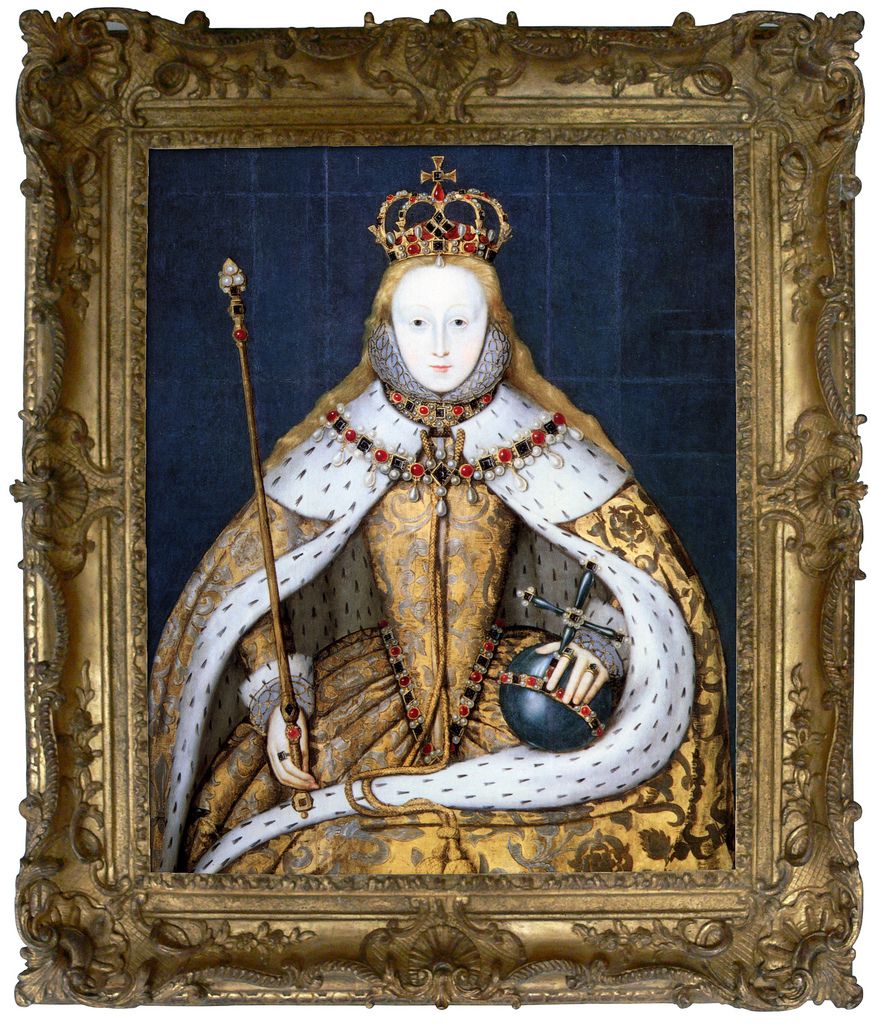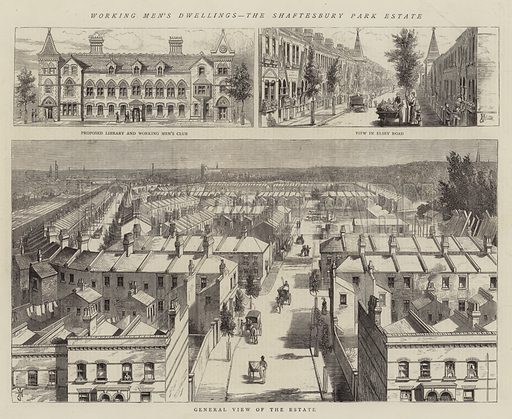Welcome, dear readers, as ever.
In a footnote to the draft of a letter to Peter Hastings, Tolkien wrote:
“There are thus no temples or ‘churches’ or fanes in this ‘world” among ‘good’ people. They had little or no ‘religion’ in the sense of worship. For help they might call on a Vala (as Elbereth), as a Catholic might on a Saint…” (draft of letter to Peter Hastings, September, 1954, Letters, 193)
We see this calling on the Valar, of course, when Faramir’s men ambush a column of Haradrim and are suddenly confronted with a mumak (The Two Towers, Book Four, Chapter 4, “Of Herbs and Stewed Rabbit”)

(an Alan Lee)
and when Sam, facing Shelob,

(the Hildebrandts)
calls out
“A Elbereth Gilthoniel
O menel palan-diriel,
Le nallon si di’nguruthos!
A tiro nin, Fanuilos!”
(The Two Towers, Book Four, Chapter 10, “The Choices of Master Samwise”).
As for actual worship, the closest we come is the custom, which Faramir explains to Frodo and Sam, about facing west at mealtime (The Two Towers, Book Four, Chapter 5, “The Window on the West”).
And yet, JRRT, writing to Robert Murray, SJ, could say:
“The Lord of the Rings is of course a fundamentally religious and Catholic work; unconsciously so at first, but consciously in the revision.”
He explains this by adding:
“That is why I have not put in, or have cut out, practically all references to anything like ‘religion’, to cults or practices, in the imaginary world. For the religious element is absorbed into the story and the symbolism.” (letter to Robert Murray, SJ, 2 December, 1953, Letters, 172)
This blog has discussed the absence of churches and temples in two previous postings (see “Ships, Towers, Domes, Theatres, and Temples” 10 June, 2020 and “Not In Fane(s)” , 20 April, 2022), but, recently, I found a disturbing reference to their presence—or at least the presence of one—in Numenor, in The Silmarillion:
“But Sauron caused to be built upon the hill in the midst of the city of the Numenoreans, Armenelos the Golden, a mighty temple; and it was in the form of a circle at the base, and there the walls were fifty feet in thickness, and the width of the base was five hundred feet across the centre, and the walls rose from the ground five hundred feet, and they were crowned with a mighty dome. And that dome was roofed all with silver, and rose glittering in the sun, so that the light of it could be seen afar off; but soon the light was darkened, and the silver became black. For there was an altar of fire in the midst of the temple, and in the topmost of the dome there was a louver, whence there issued a great smoke.” (Akallabeth)
This descripton of a giant round building with a hole in its roof immediately reminded me of this—


the Pantheon, in Rome. Its construction history is extremely complex (you can read about it here: https://en.wikipedia.org/wiki/Pantheon,_Rome ), and it’s an imposing building, but, unlike Sauron’s temple, with its 50-foot (15m) thick walls, the Pantheon’s walls, at the base, are only about 21 feet 6.4m) thick. Instead of being 500 feet (152m) high, its walls are only about 100 (30m) high and the general width under the dome is about 140 feet (43m).
Imagine, then, a building 5 times the height of this and over three times as wide—and the dome of the Pantheon is the single largest such unreinforced concrete dome in our Middle-earth.

This reminds me, in fact, of the Volkshalle (“the Hall of the People”), which Hitler’s architect, Albert Speer, planned as a centerpiece for the dictator’s expanded capital—after the war.

As far as we currently know, clouds of smoke didn’t issue from the oculus (that’s the hole in the center of the roof of the Pantheon), but would have from a much smaller round building in ancient Rome, the temple of Vesta.

Vesta

was the Roman goddess of the hearth, and her priestesses, the Vestal Virgins, symbolically kept all Roman hearths blazing by tending the one in her temple.

The smoke from that fire came from the burning of sacred grain—what came from Sauron’s temple was an entirely different matter:
“And the first fire upon the altar Sauron kindled with the hewn wood of Nimloth, and it crackled and was consumed; but men marveled at the reek that went up from it, so that the land lay under a cloud for seven days, until slowly it passed into the west.”
Nimloth was the original White Tree, symbol of Gondor many centuries later, and had been given by the elves to Numenor as a symbol of friendship.

Sauron had so corrupted Ar-Pharazon, the Numenorean king, that he agreed to the destruction of that symbol—but there was much worse to come:
“Thereafter the fire and smoke went up without ceasing; for the power of Sauron daily increased, and in that temple, with spilling of blood and torment and great wickedness, men made sacrifice to Melkor that he should release them from Death.”
Although there were very occasional stories of human sacrifice in the ancient classical world—that of the possible death of Iphigenia at the hands of her own father, Agamemnon, being perhaps the most famous example—

(but there’s an alternate ending to this in which Iphigenia is rescued at the last moment by the goddess Artemis, and carried off to become her priestess far from her father—who is himself murdered later on by his own wife, Klytemnestra)—these are rare. I wondered, then, where Tolkien had gotten the idea.
There is, of course, that story in Caesar’s Gallic Wars (Book 6, Section 16), which we can assume that JRRT, the potential classicist, would have read, where people are placed in large figures made of willow (the Latin says, “… simulacra quorum contexta viminibus membra …” “images whose limbs, woven of willow”) and then burned to death (“…circumventi flamma exanimantur homines…”) as a kind of sacrifice.

(This well-known and surprisingly civilized image is from Aylett Sammes’ (1636?-1679?) Britannia Antiqua Illustrata, or the Antiquities of Ancient Britain derived from the Phœnicians (1676), Volume I, a work which the author did not live to complete. You can read the text of this, unfortunately without the image, on pages 104-105, at: https://quod.lib.umich.edu/e/eebo/A61366.0001.001?view=toc )
Perhaps this was one inspiration for Tolkien, although it seems rather far removed from what was done in that giant temple. Could we find any clues in the “god” to whom people were sacrificed?
Melkor, later known as Morgoth, is the original Satan of JRRT’s legendarium. In the volume Morgoth’s Ring, Tolkien explains why, having been the servant of Melkor long before, Sauron now creates a religion based upon him:
“Sauron was not a ‘sincere’ atheist, but he preached atheism, because it weakened resistance to himself (and he had ceased to fear God’s actions in Arda)…But there was seen the effect of Melkor upon Sauron: he spoke of Melkor in Melkor’s own terms: as a god, or even as God. This may have been the residue of a state which was in a sense a shadow of good: the ability once in Sauron at least to admire or admit the superiority of a being other than himself…but it may be doubted whether even such a shadow of good was still sincerely operative in Sauron by this time. His cunning motive is probably best expressed thus. To wean one of the God-fearing from their allegiance it is best to propound another unseen object of allegiance and another hope of benefits; propound to him a Lord who will sanction what he desires and not forbid it. Sauron, apparently a defeated rival for world-power , now a mere hostage, can hardly propound himself, but as the former servant and disciple of Melkor, the worship of Melkor will raise him from hostage to high priest.” (Morgoth’s Ring, Part Five, “Myths Transformed”, 397-398)
Although Melkor’s name is explained as Quenya for “One Who Rises in Might” (see for more on this: https://www.elfdict.com/w/Melkor ), Tolkien once said that he had initially derived the name from an Akkadian word, malku, with its Hebrew parallel, melekh’, meaning “king”, both being Semitic languages. (see John Garth, “Ilu’s Music: the Creation of Tolkien’s Creation Myth” in Honegger and Fimi, eds, Sub-creating Arda, 135).
I might suggest that perhaps there’s another Semitic possibility for Melkor in a Semitic god, Melqart.

I should point out right away that I’m not an expert in Semitic languages, but I can see that there are certain potential connections.
This deity’s name appears to be a compound of mlq, “king” (just like malku/melekh’ ) and qrt, “city” (as in qrt-hdst, “New City”—that is, Carthage), “City-king”, which would be appropriate if he is seen, as he seems to be, as the patron god of Tyre, where Herodotus mentions him in Greek form as “Tyrian Herakles” (the Greeks it seems eventually regularly equated Melqart with Herakles). In Tyre, he is also equated with Ba’al Hammon, who was considered to be the chief god of Carthage.

And here, if we may presume upon Tolkien’s knowledge of the Old Testament, the two Books of Kings have a story about Ba’al which bears a certain resemblance to that of Sauron and his new religion. King Ahab of Israel had married a foreign princess, Jezebel (note—that Ba’al again), the daughter of the king of Tyre.

(by John Liston Byam Shaw, 1872-1919)
She brought with her the worship of her city’s main god, Ba’al and so prevailed upon King Ahab that he abandoned his own god, Yahweh, in favor of her god, which eventually caused the fall of Ahab’s kingdom, his death in battle, and Jezebel’s death by defenestration.

(see First Kings 16.31-22.53; Second Kings 9.30-35—it’s a very long and complicated story, including miracles by the prophets Elijah and Elisha)
And so here’s the story of a kind of seduction: as Sauron seduced Ar-Pharazon from the worship of Eru, so Jezebel seduced Ahab from the worship of Yahweh. This will lead to disaster for Ahab, just as it will for Ar-Pharazon, who will lose his massive fleet and his life attempting to assault the home of the Valar, and, as well, should he have survived, of seeing all of Numenor destroyed, with the exception of a few fleeing survivors.

And there’s one more similarity: as Carthage (qrt-hdst) had been founded from Tyre, one of its main gods was Ba’al, and one form of worship of Ba’al was human sacrifice (see, for example, Diodorus Siculus’ The Library of History, Book XX, Section 14—you can read it in translation here: https://penelope.uchicago.edu/Thayer/E/Roman/Texts/Diodorus_Siculus/20A*.html#3 ) In Sauron’s new religion, it’s clear that the same holds true—and perhaps the memory of that is another reason why there are no temples in the later Middle-earth.

Thanks, as ever, for reading,
Stay well,
Make your sacrifices only in flowers,
And remember that there’s always
MTCIDC
O























































